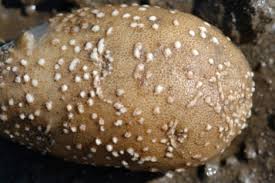Around the area, county fairs have already started up, the state fair will being later this month and our own Noble County Fair will be here before we know it! As you plan to attend any local or state fair take some safety precautions to ensure safety near animals as well as any food you may consume.
General safety tips to remember include paying attention to weather forecasts and be appropriately prepared. This includes wearing sunscreen and remembering to drink plenty of water to stay hydrated. Additionally, wear closed toe shoes to protect your feet. Always be sure to wash your hands after petting animals and especially before eating. If you aren’t sure if hand-washing stations will be available, pack wipes or hand sanitizer. This is especially important for young children who may not necessarily touch an animal, but may come in contact with enclosures and touch their faces or put their hands in their mouth. Additionally, remember to wash your hands after playing games or going on rides.
Ask permission before petting an animal. Most likely the owner will be nearby and will let you know if it is safe to pet the animal. Some animals do not like to be touched and the owner will let you know if this is the case. They may be able to direct you to a friendlier animal. If they don’t wish for you to pet any of their animals, respect their wishes and ask another person. Remember, the animals are at the fair to be exhibited and are not a petting zoo.
Most likely while you are at the fair you will be eating some delicious fair food or you may bring along your own. Foodborne illnesses increase during the summer months so it is even more important to follow food safety steps. The usual safety control points are not always available when eating outdoors such as refrigeration and appropriate hand washing facilities. Consider the cleanliness and employee food handling practices before choosing to eat at a particular stand. If you do bring food from home and it is going to be warm out, be sure to keep things properly chilled inside a cooler or insulated bag and don’t let food sit out for more than two hours. If you have any question if your food is still safe, throw it out. It is better to be safe than sorry when it comes to food safety, especially if you have young children, older adults or are pregnant.
Teach your children to remain calm if they become separated from you while out in public and pick out a place where they can meet you if you do become separated. Lost children can be difficult to locate if their location continues to change. Look in to getting your own lost child tag you can place on your children in public or check to see if they are available where you are visiting.
The fair can be a very enjoyable place full of new experiences, but it is important to take precautions in order to stay safe and healthy!


